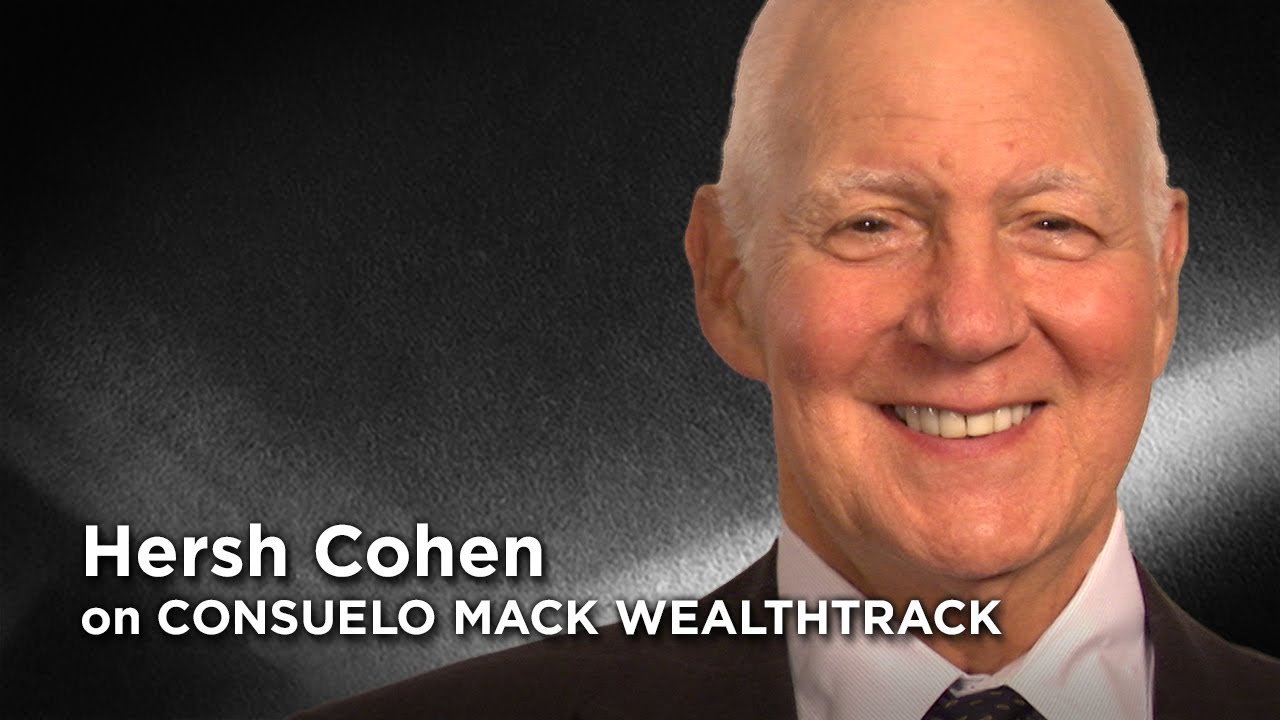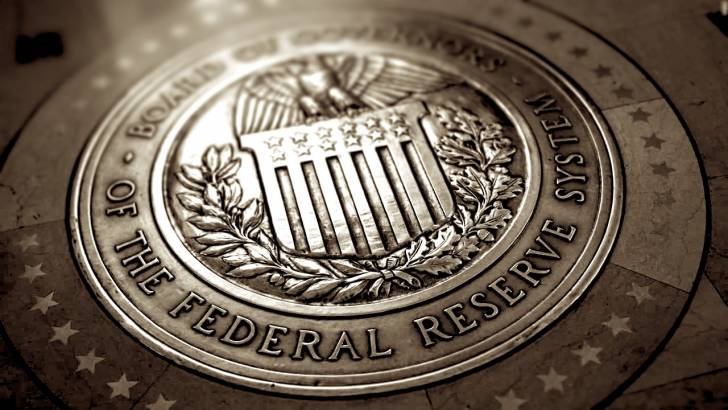by Russ Koesterich, Portfolio Manager, Blackrock
Russ discusses the trend behind the surprising gold rally this year, and why the political drama in D.C. means it may continue.
One of the more unique aspects of this year’s market is that both risky assets as well as investments that seek to hedge those risks are advancing simultaneously. Despite last week’s selloff, the S&P 500 is up 8%, the tech-heavy Nasdaq Composite 15% and the MSCI Emerging Markets Index over 22%. Yet oddly, typical “safe-haven” hedges are also doing remarkably well, such as long-dated U.S. Treasuries and gold.
Gold’s performance, up 12% year-to-date, is particularly interesting. A hard-to-define asset, gold is often thought to perform best when either inflation and/or volatility is rising. This year has been notable for both falling inflation and record low volatility, raising the question: What is powering gold’s ascent and can it continue? Two trends stand out:
1. Real rates have flattened out
Gold is most correlated with real interest rates (in other words, the interest rate after inflation), not nominal rates or inflation. While real rates rose sharply during the back half of 2016, the trend came to an abrupt halt in early 2017. U.S.10-year real rates ended July exactly where they began the year, at 0.47%. The plateauing in real yields has taken pressure off of gold, which struggled in the post-election euphoria.
2. Political uncertainty has risen
Although market volatility has remained muted, albeit less so the past week, policy uncertainty has risen post-election (see the accompanying chart). This is important. Using the past 20 years of monthly data, policy uncertainty, as measured by the U.S. Economic Policy Uncertainty Index, has had a more statistically significant relationship with gold prices than financial market volatility. In fact, even after accounting for market volatility, policy uncertainty tends to drive gold prices.
U.S. Economic Policy Uncertainty Index
To a large extent, both trends are related. Investors came into 2017 expecting a boost from Washington in the form of tax cuts and potentially infrastructure spending—resulting in the so-called “reflation” trade. Thus far neither has materialized. While economists can reasonably debate whether either is actually needed, lower odds for tax reform and stimulus have resulted in a modest drop in economic expectations. This, in turn, has caused a reversal in many reflation trades, a development that has allowed gold to rebound.
Going forward, gold’s performance may be most closely linked with what happens in D.C. Absent fiscal stimulus, the U.S. economy appears to be in a state of equilibrium: modest but stable growth. In this environment, gold should continue to be supported by historically low real rates and continued political uncertainty. Alternatively, if Congress does manage to enact a tax cut or other stimulus, we are likely to see some, albeit temporary, reassessment of growth and a corresponding backup in real rates, a scenario almost certainly negative for gold.
While I won’t pretend to have any special insight into the Greek drama that is modern day Washington, for now my bias would be to stick with gold. Most risk estimates still suggest gold has a low to negative correlation with most asset classes, suggesting a mid-single digit allocation in most portfolios. Yes, a positive surprise out of Washington would arguably hurt gold. But for now I would prefer to bet on gold’s diversifying properties rather than political stability.
Russ Koesterich, CFA, is Portfolio Manager for BlackRock’s Global Allocation team and is a regular contributor to The Blog.
Copyright © Blackrock

















